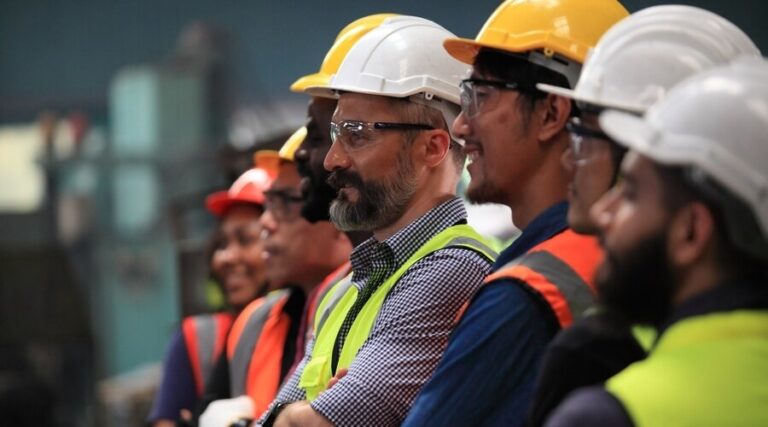Construction induction training in Australia is a cornerstone that ensures workplace safety and compliance within the construction industry. The comprehensive training program is designed to equip individuals with […]
safety management plans

WHS Incident Reporting Procedure for construction
An accurate WHS incident reporting procedure on construction sites is paramount to a safety-first ethos. It empowers immediate responses, drives continuous improvement, promotes safe work sites, ensures compliance, […]
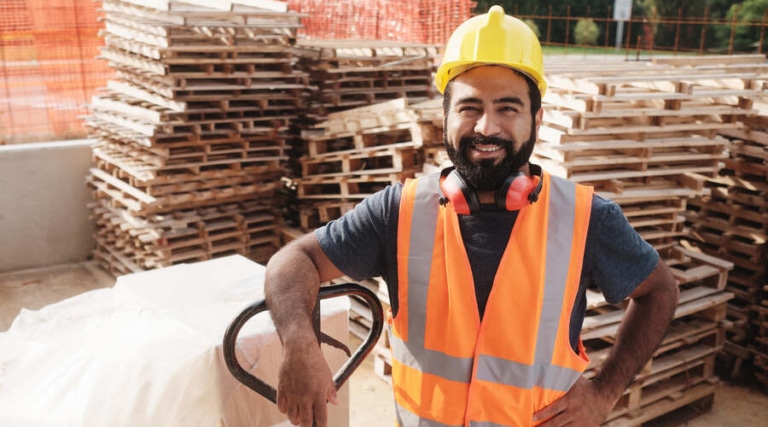
What is Manual Handling?
In the trades and construction industries, manual handling is an inherent reality. It’s the cornerstone of everyday operations, involving the physical manipulation of objects to achieve tasks. From […]

What is the definition of a WHS incident? For tradespeople
If you’re a tradesperson, and you need to know ‘what is the definition of a WHS incident’, we’ve outlined it for you in this blog. The construction industry […]
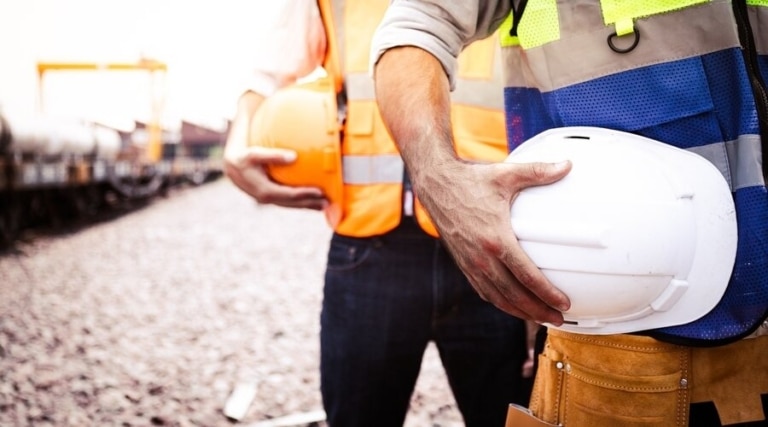
The Hierarchy of Controls in WHS: Construction
In construction, safety isn’t just a goal; it’s a non-negotiable priority. Amidst heavy machinery, skilled trades, and towering structures, the hierarchy of controls stand as a beacon of […]
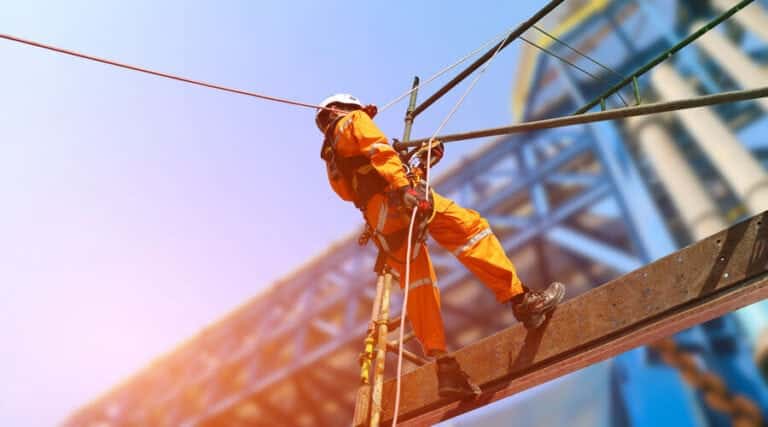
5 reasons you need a construction WHS policy
Construction sites are busy and potentially dangerous places to work, with the risk of injury always present. Being struck by a moving object, for example, is a major […]

Why a manual handling procedure is so important to safeguard workers from repetitive-task injuries
On a construction site or project, the need for appropriate documentation is indisputable. Documents like a Manual Handling Procedure and a Manual Handling Policy are designed to safeguard […]
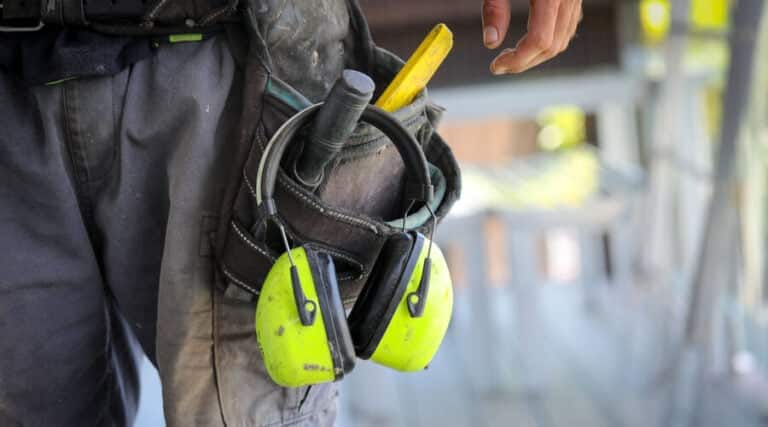
How to write a construction WHS policy
A construction WHS Policy aims to ensure the safety of all workers on a construction site. A construction WHS Policy is a written commitment from a construction company. […]



